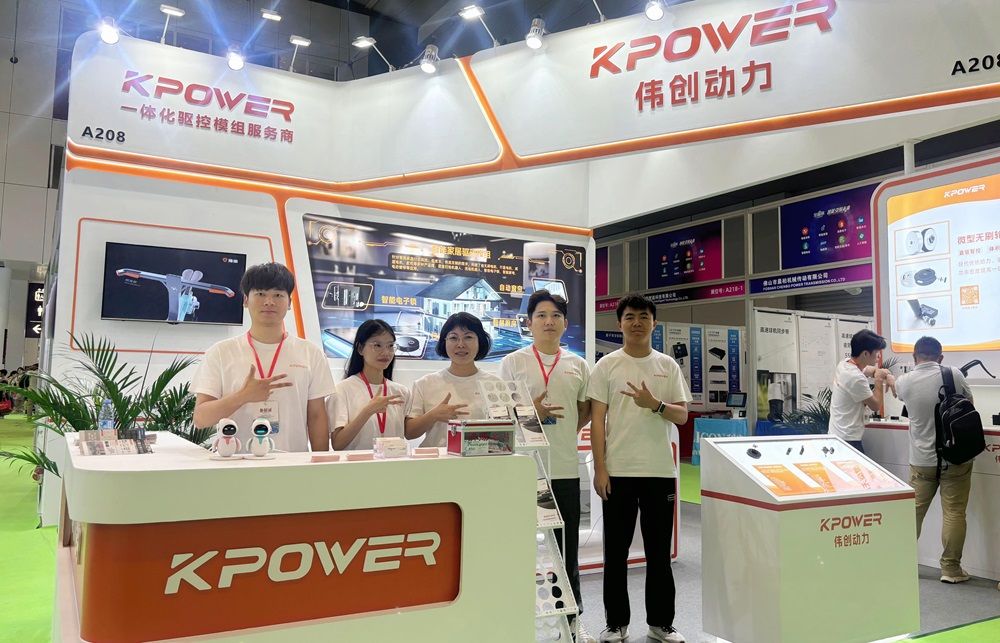part 1:
Unlocking Creativity with Arduino Servo Control
Imagine a world where your simple ideas transform into intricate machines, robotic arms, or automated gadgets—all powered by the tiny yet mighty Arduino microcontroller. At the heart of many such projects lies a fundamental component: the servo motor. Whether it’s a robotic hand reaching out or a camera gimbal stabilizing your shot, servos are the backbone of precise movement in countless DIY endeavors.

What Is an Arduino Servo?
A servo motor is a compact, self-contained motor that can be rotated to specific angles within a range—often 0° to 180°. Unlike regular motors that spin continuously, servos are designed to hold a position and move to a commanded angle very precisely. Their built-in feedback system makes them perfect for applications requiring accuracy, such as robotics, remote-controlled vehicles, and automation systems.
Arduino, the open-source electronics platform, makes programming these servos relatively straightforward. Its dedicated library simplifies control, letting hobbyists and tinkerers focus on creativity instead of complex circuitry.
Getting Started: The Hardware
Before diving into code, gather your basic components:
Arduino board (Uno, Mega, Nano…) Servo motor (commonly SG90 or MG996R) Jumper wires Breadboard (optional) Power supply if using multiple servos or high-torque models
Connecting Your Servo
Connect the servo's control wire (usually yellow or white) to one of the Arduino's PWM digital pins (e.g., pin 9). The power (red) wire connects to the 5V pin, and the ground (black or brown) to a GND pin. Remember, if using multiple servos or large servo motors, a dedicated power supply is recommended because the Arduino's onboard 5V may not suffice, and powering servos directly from it can cause voltage drops or resets.
Basic Arduino Servo Control Code
Here's a simple sketch to animate your servo from 0° to 180° and back:
#include Servo myServo; // create servo object to control a servo void setup() { myServo.attach(9); // attaches the servo on pin 9 } void loop() { for (int pos = 0; pos <= 180; pos += 1) { // goes from 0 to 180 degrees myServo.write(pos); // tell servo to go to position in variable 'pos' delay(15); // waits 15ms for the servo to reach the position } for (int pos = 180; pos >= 0; pos -= 1) { // goes from 180 to 0 degrees myServo.write(pos); // tell servo to go to position in 'pos' delay(15); } }
This code leverages the Servo.h library—an Arduino built-in library that simplifies servo control.
Understanding the Code
#include imports the servo control library. Servo myServo; creates a servo object named myServo. In setup(), attach(9) binds the servo object to digital pin 9, which must support PWM. Inside loop(), two for loops animate the servo: first sweeping from 0° to 180°, then back down to 0°. myServo.write(pos) sets the servo to a specific angle. delay(15) provides enough time for the servo to reach the target position before the next command, ensuring smooth movement.
Why Use the Servo Library?
The library handles the timing and internal PWM signals necessary for a servo, making your code cleaner and more reliable. Moreover, it takes care of the low-level details, so you can concentrate on higher-level logic, such as sequencing movements or adding sensors.
Experimentation and Customization
Once you’re comfortable with the basic sweep, try customizing. Change the delays to make movements faster or slower, or set specific positions triggered by sensors or user input. For example, incorporate potentiometers to manually control servo angles:
#include Servo myServo; int potPin = A0; // analog pin 0 void setup() { myServo.attach(9); } void loop() { int val = analogRead(potPin); // read potentiometer int angle = map(val, 0, 1023, 0, 180); // map to 0-180 myServo.write(angle); delay(15); }
Here, turning the potentiometer allows manual control over the servo’s position.
Easing Into Advanced Control
Beyond simple movement, restful handshakes or complex gestures require more refined control. This is where techniques like acceleration profiles, PID control algorithms, or movement interpolation become relevant.
Part 2 will build on this foundation, diving into precise positional control, integrating sensors, making your projects smarter, and exploring multi-servo systems for robotic arms and more.
Leveraging innovations in modular drive technology, Kpower integrates high-performance motors, precision reducers, and multi-protocol control systems to provide efficient and customized smart drive system solutions.




































